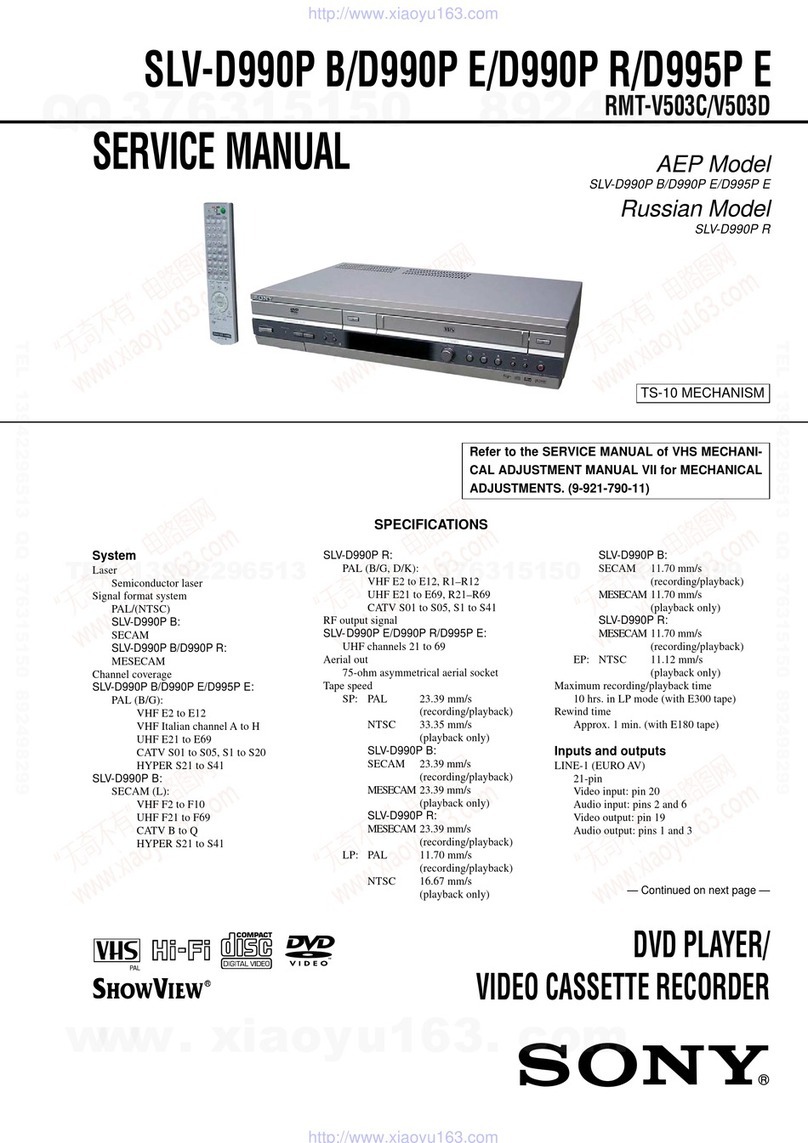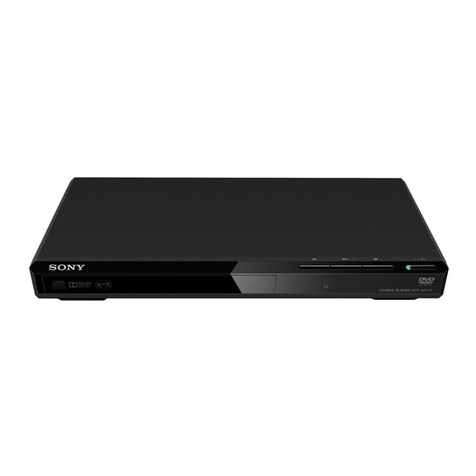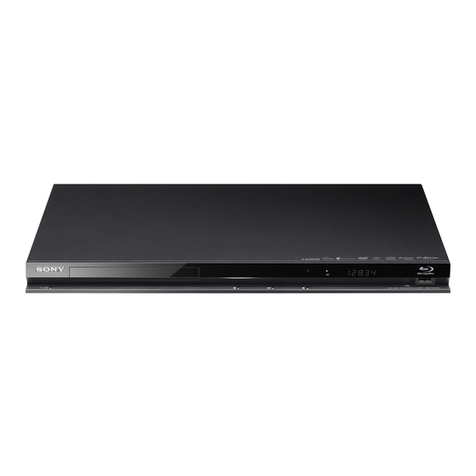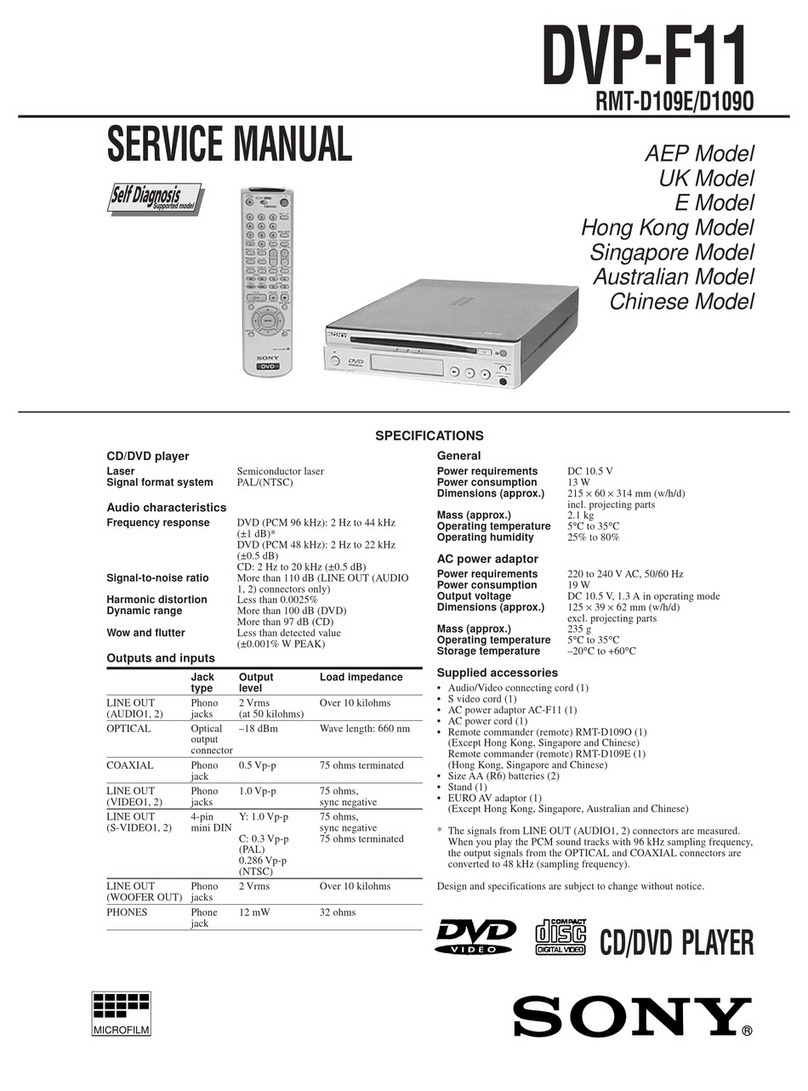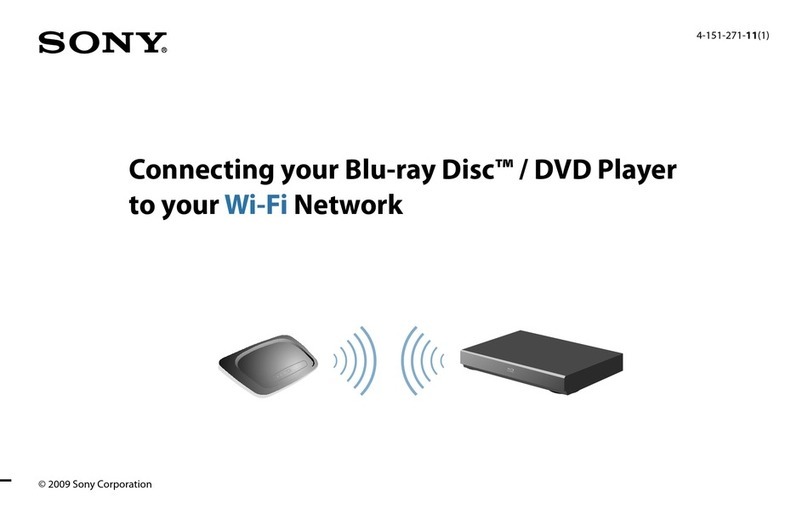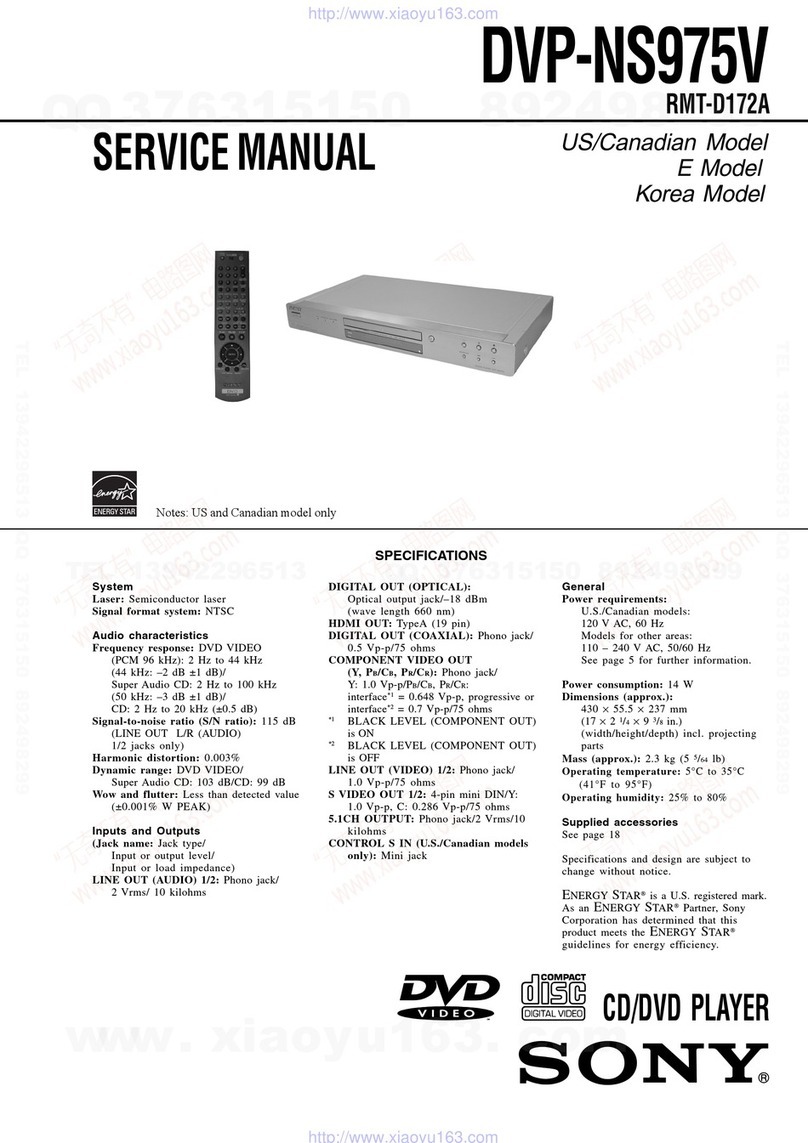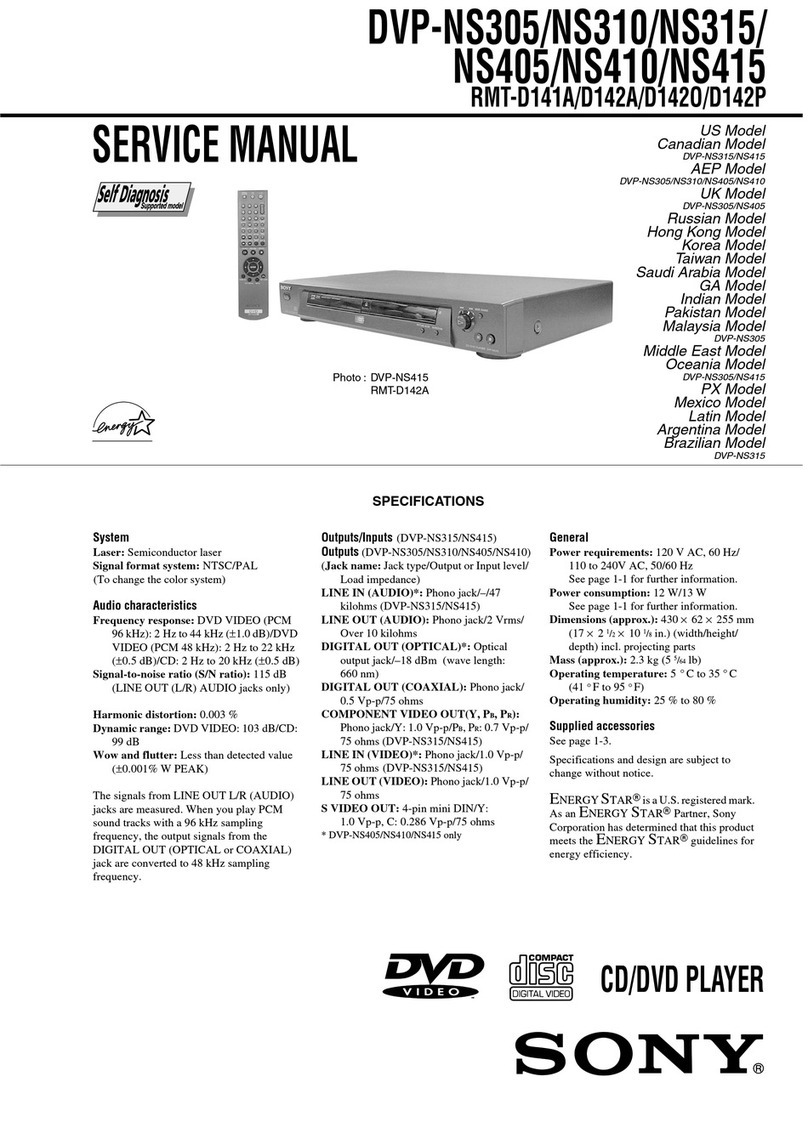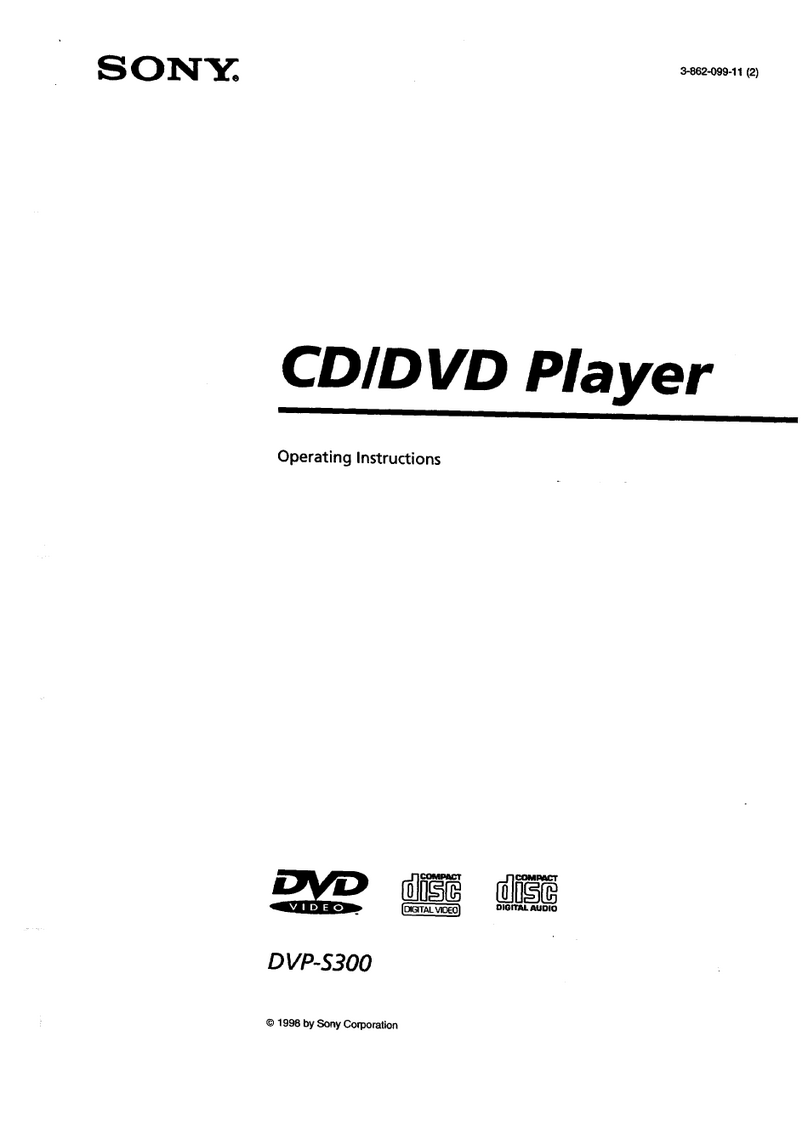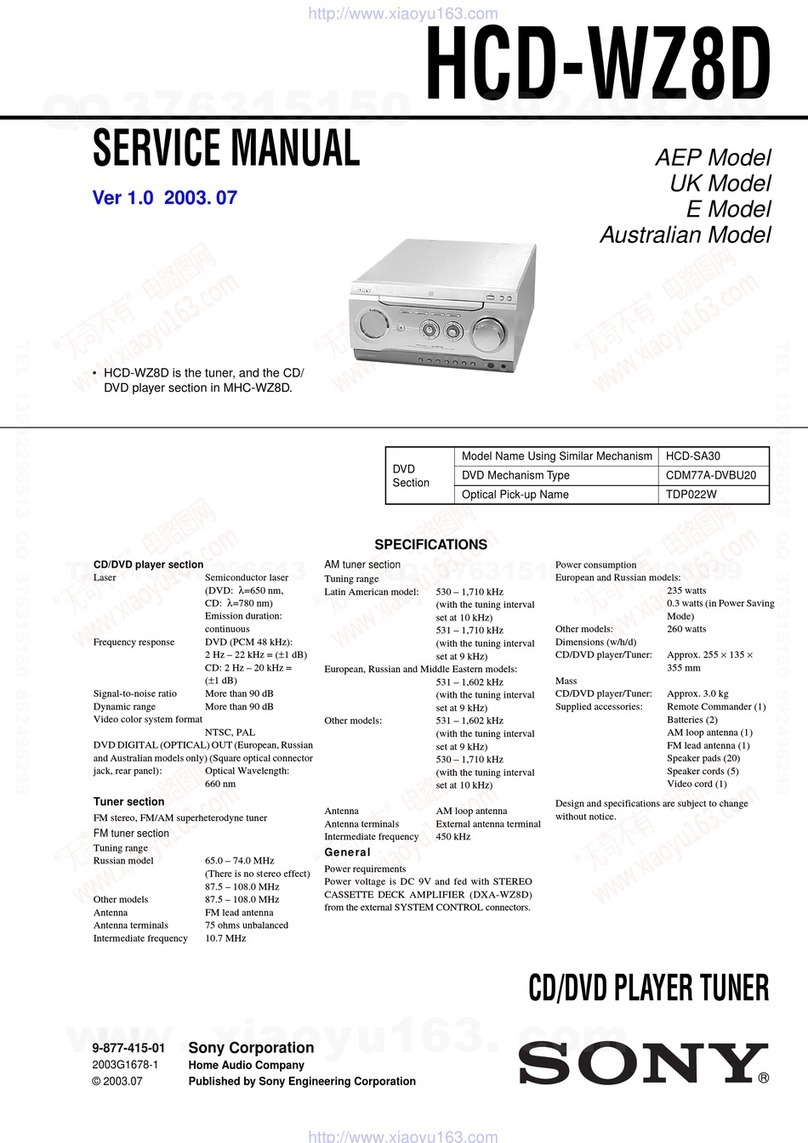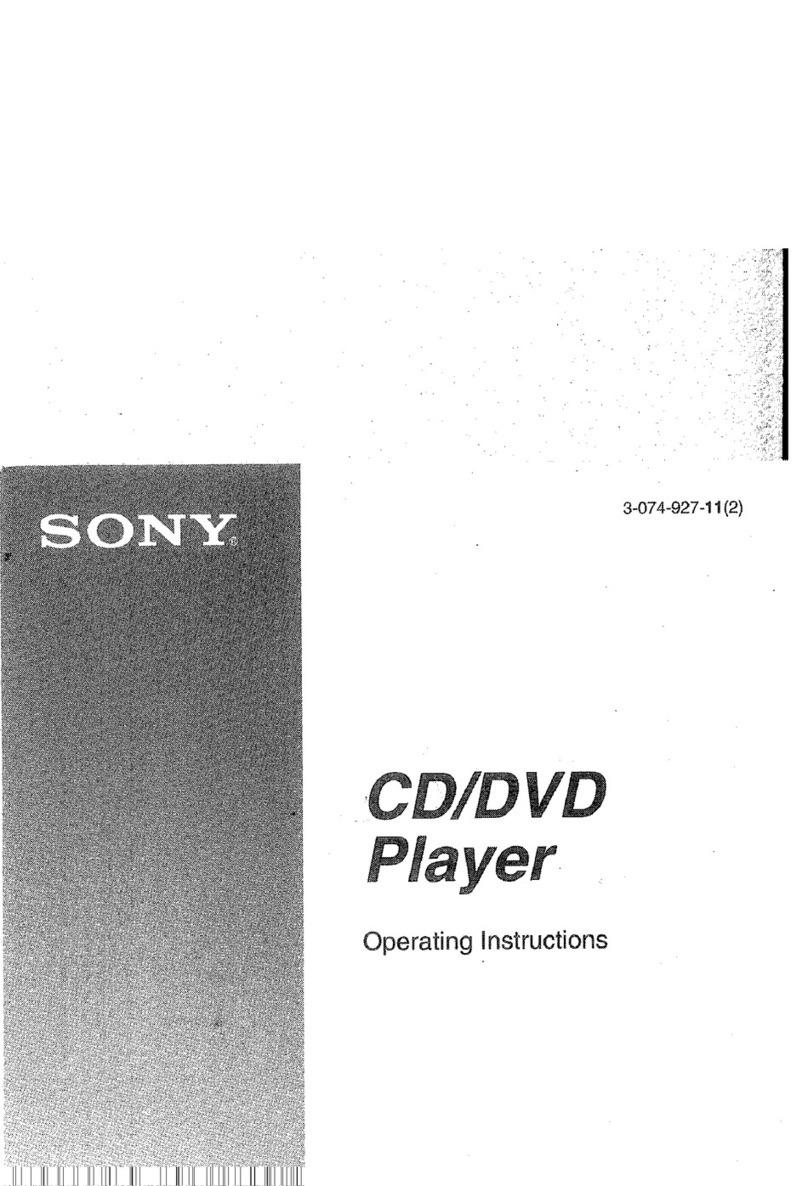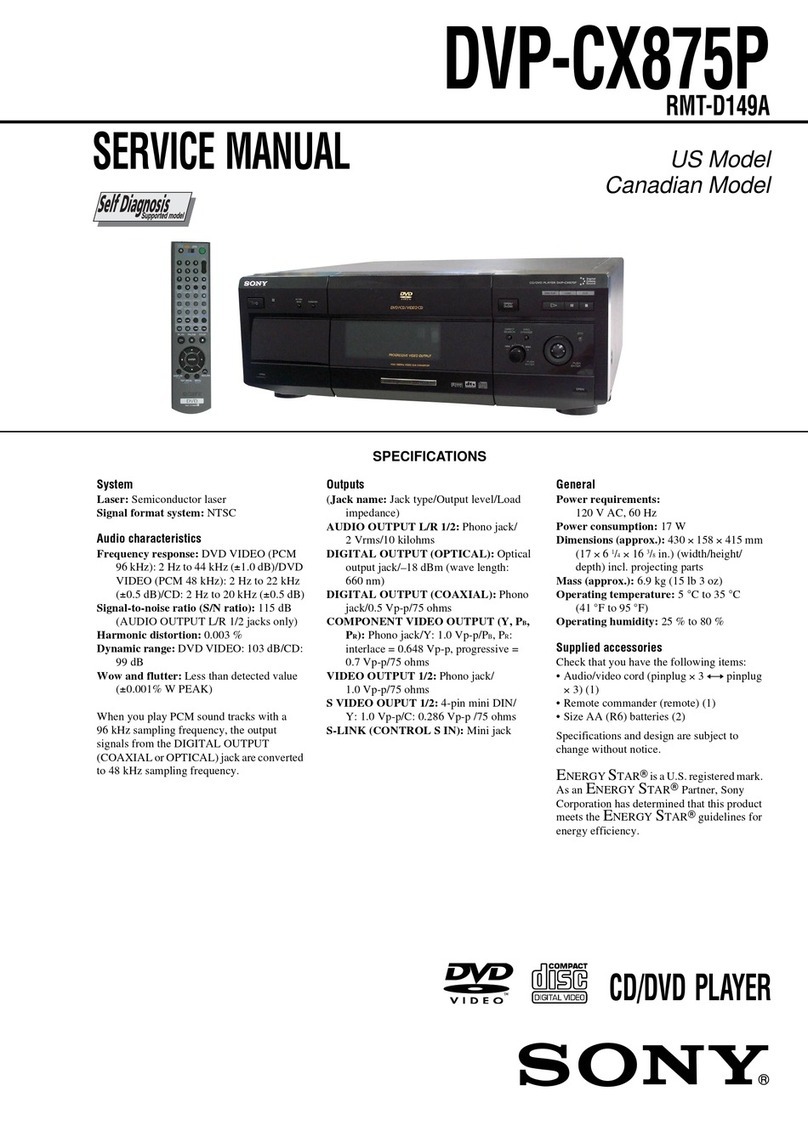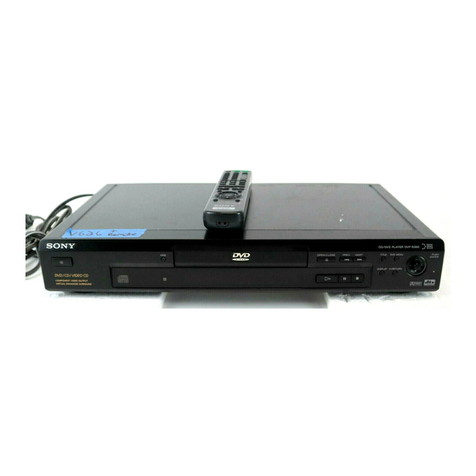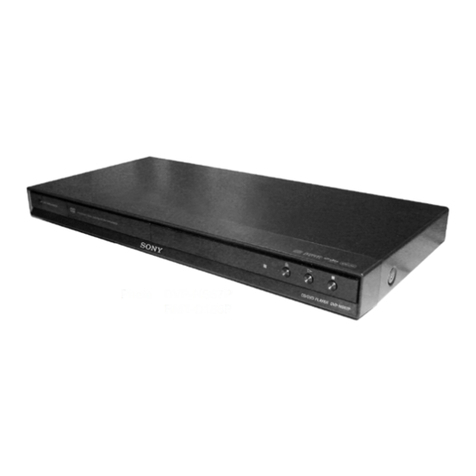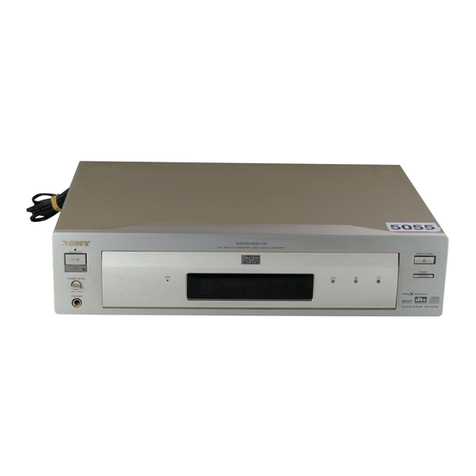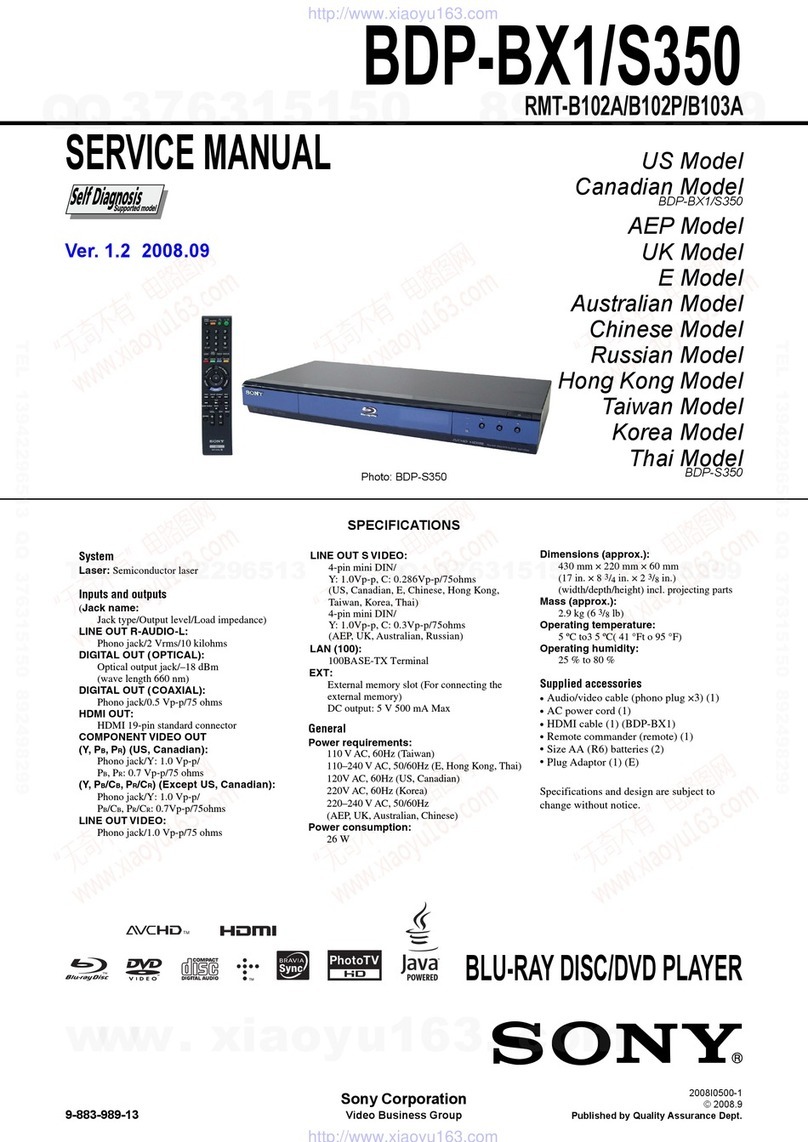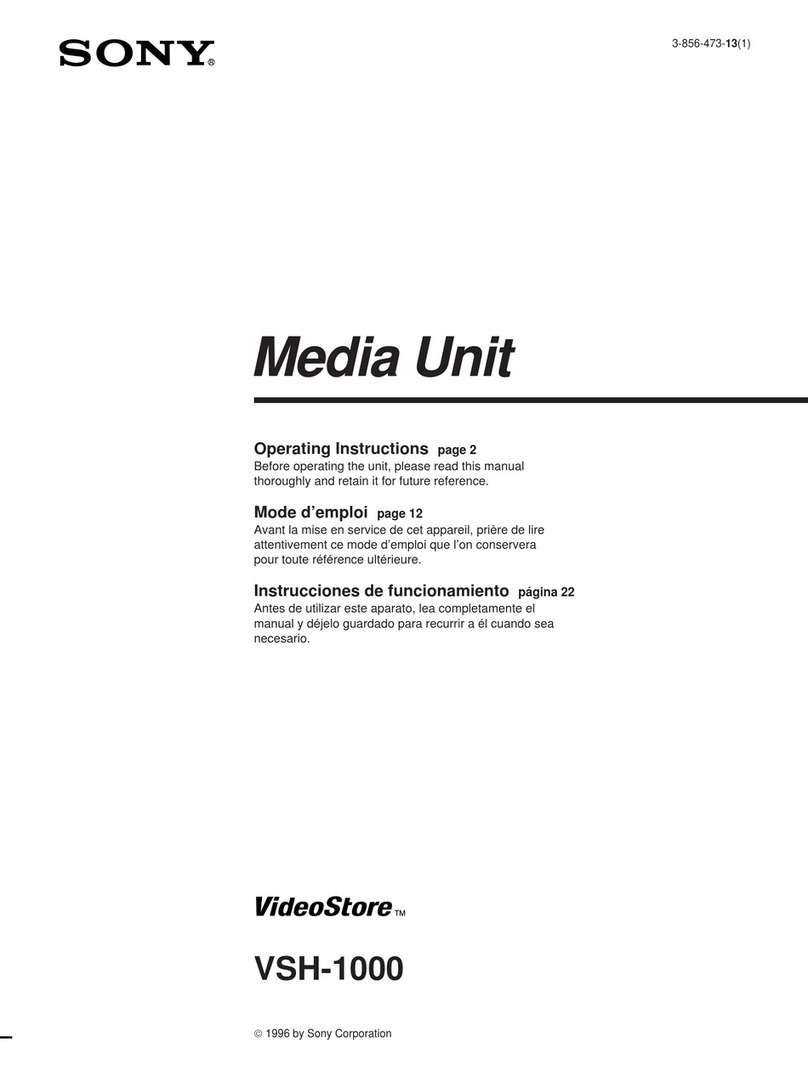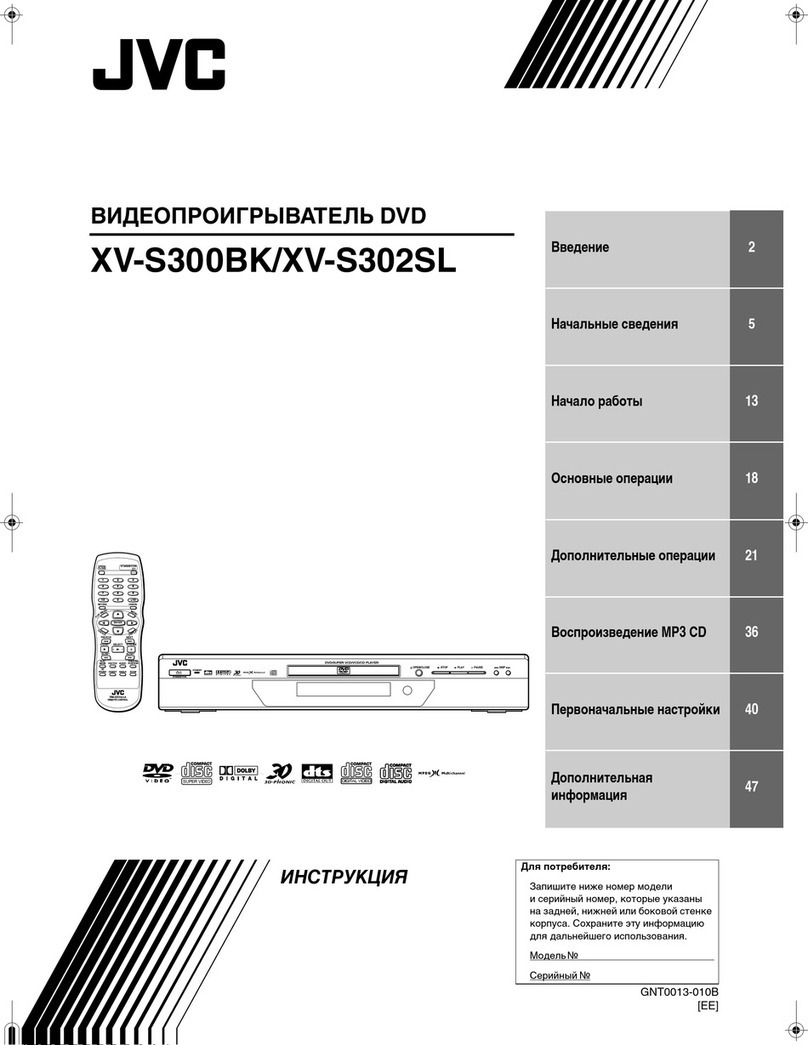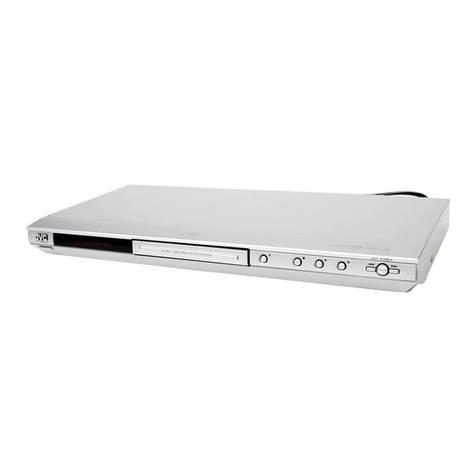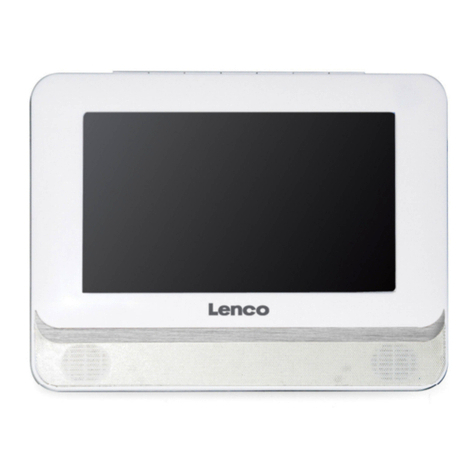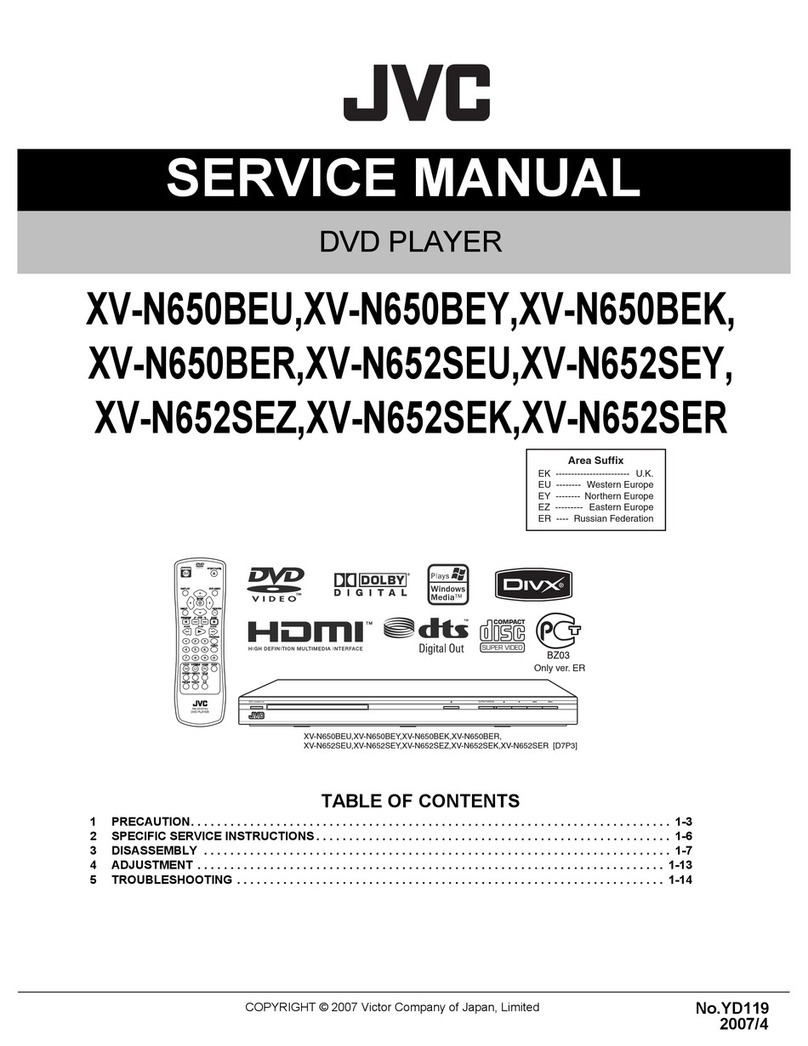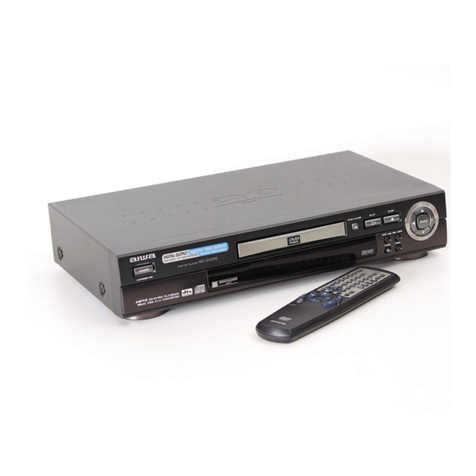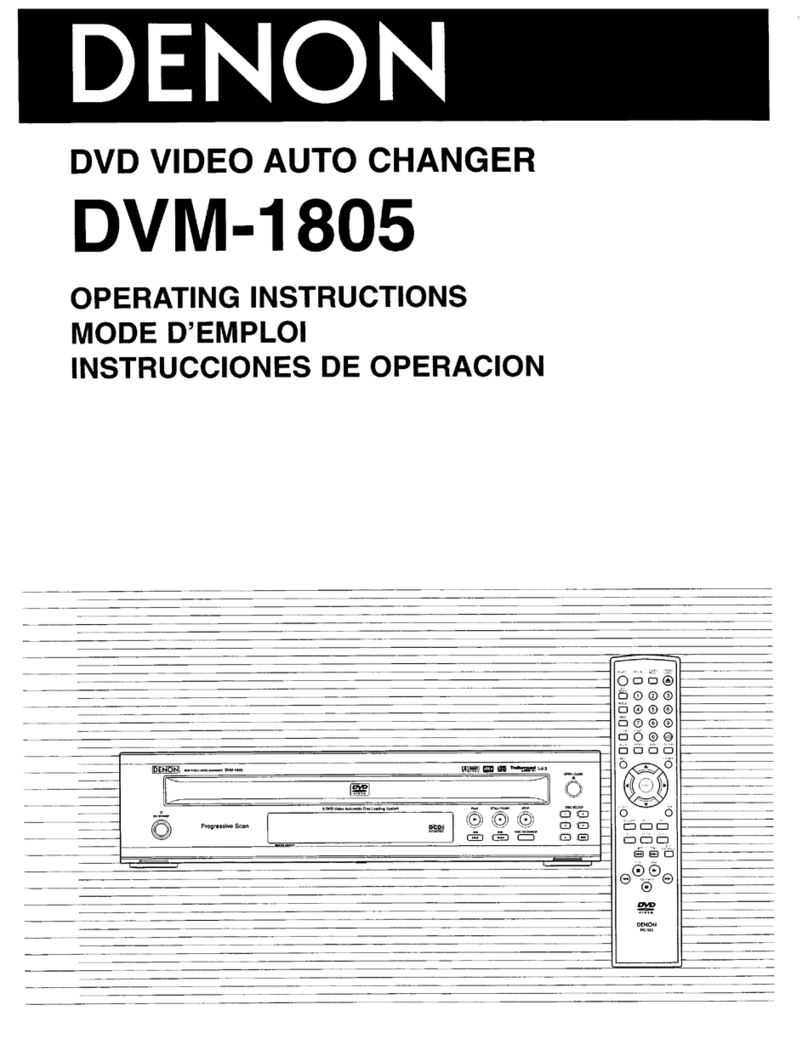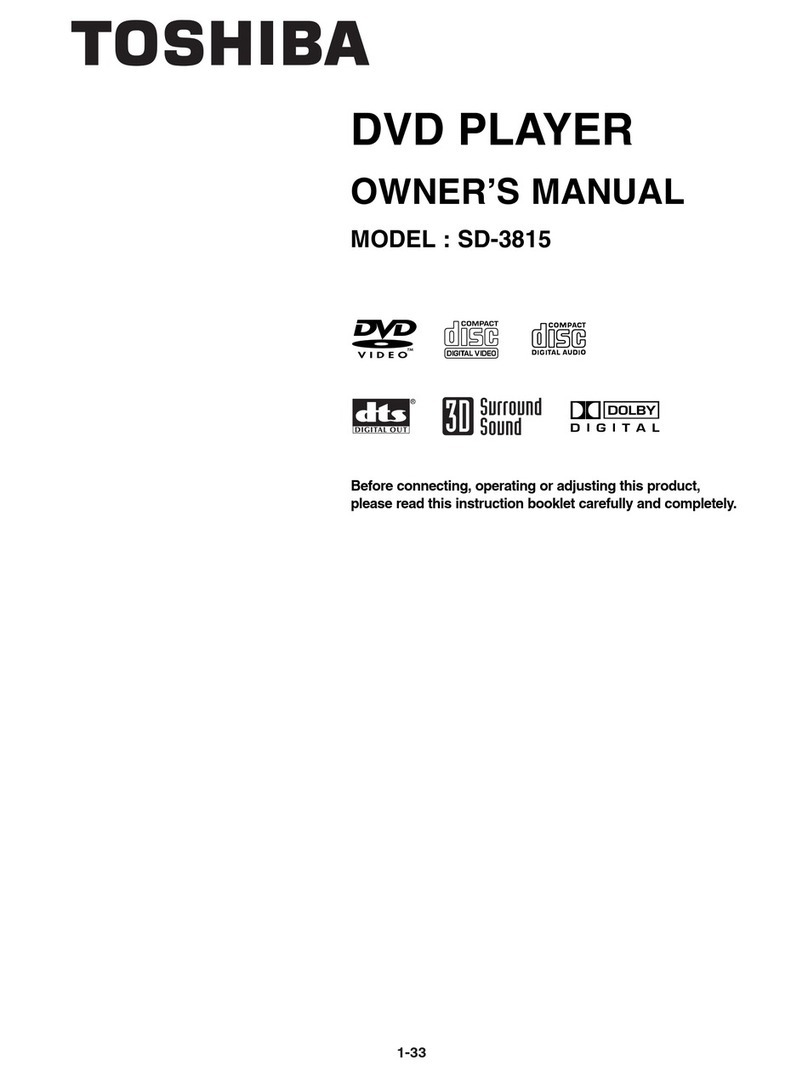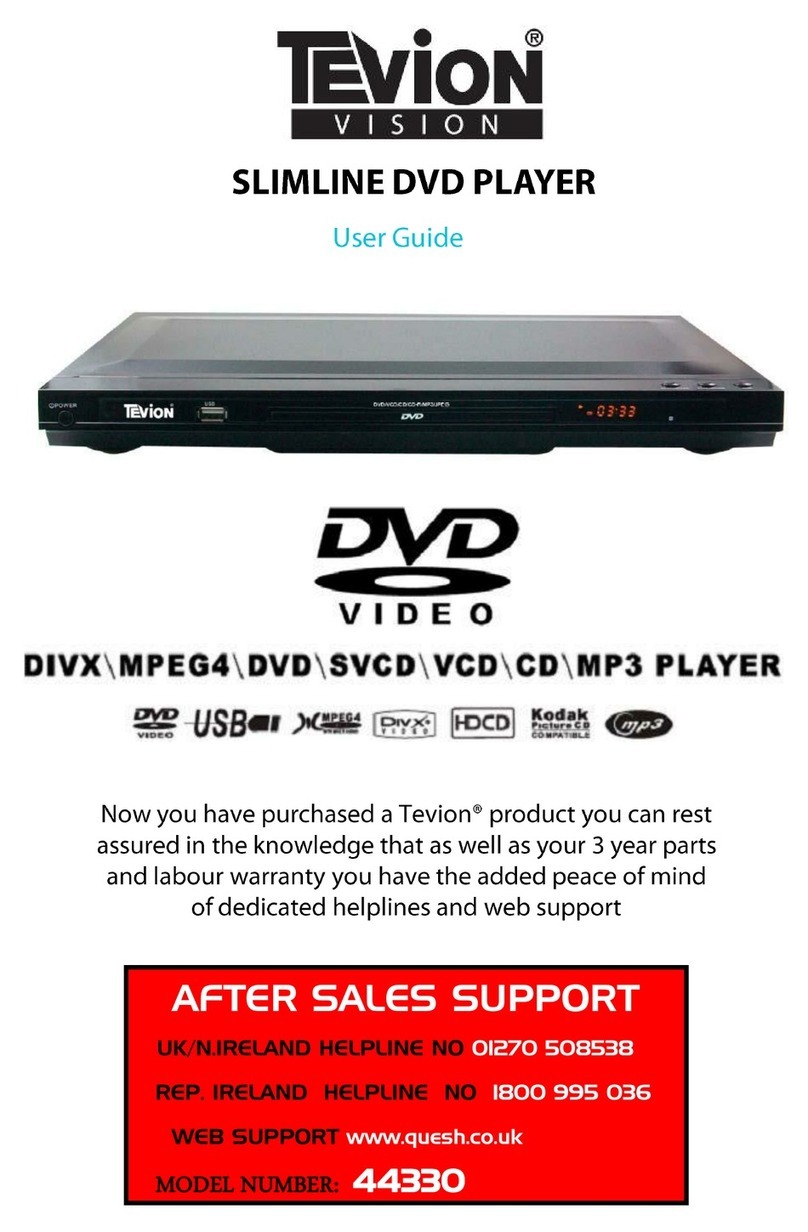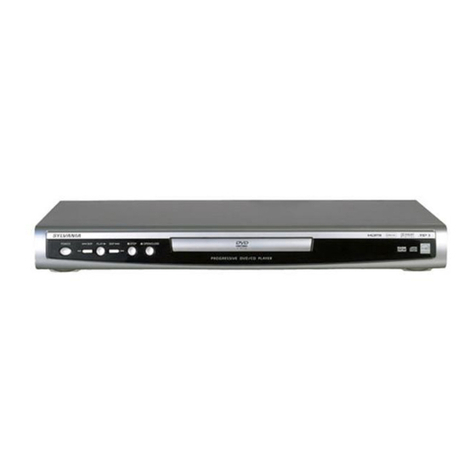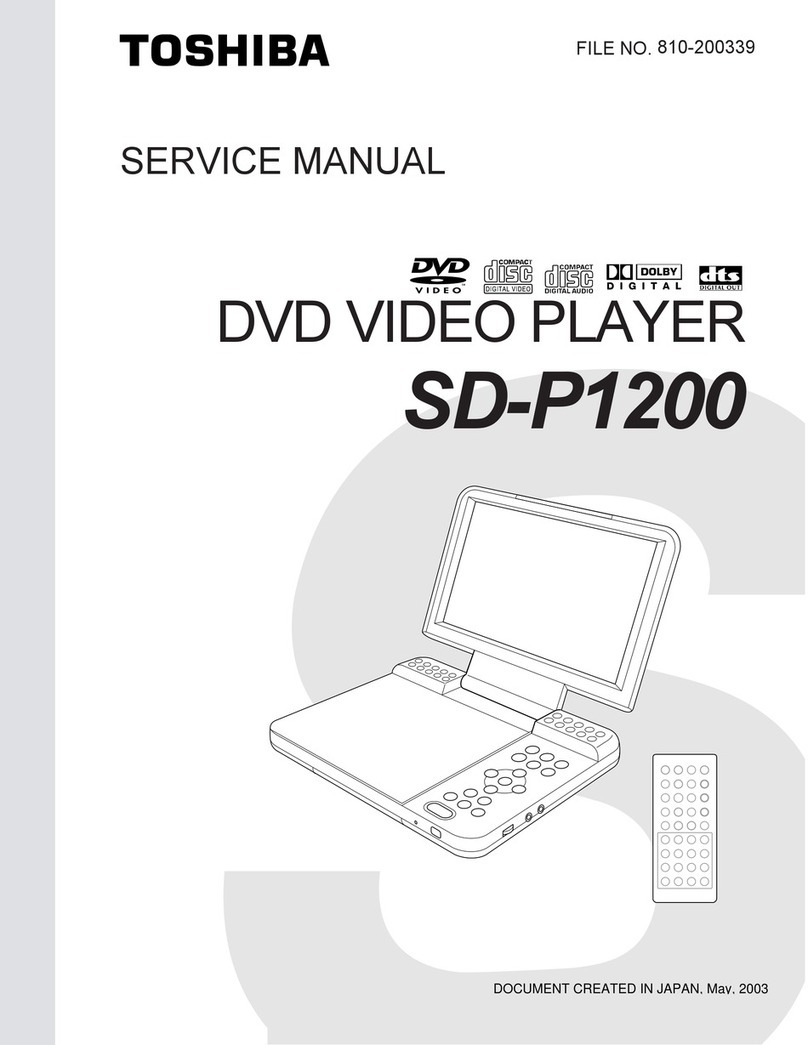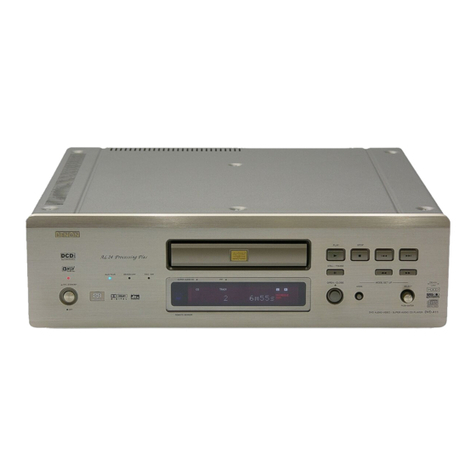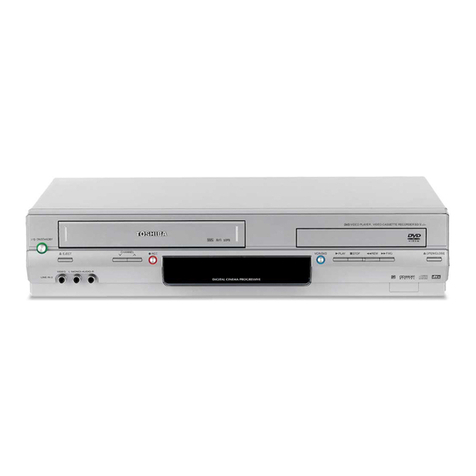
HBD-DZ340/DZ340K/DZ640K/DZ740
5
TABLE OF CONTENTS
1. SERVICING NOTES ............................................. 6
2. DISASSEMBLY
2-1. Case ................................................................................ 9
2-2. Loading Panel ................................................................. 10
2-3. Front Panel Section......................................................... 10
2-4. KEY Board, POWER KEY Board, LED Board ............ 11
2-5. PANEL Board, USB Board............................................. 11
2-6. Back Panel Section ......................................................... 12
2-7. MAIN Board ................................................................... 13
2-8. POWER Board................................................................ 13
2-9. DVD Mechanism Deck Section...................................... 14
2-10. Tray ................................................................................. 14
2-11. Belt.................................................................................. 15
2-12. MS-203 Board................................................................. 15
2-13. Base Unit......................................................................... 16
2-14. Optical Pick-up ............................................................... 16
3. TEST MODE ............................................................ 17
4. ELECTRICAL ADJUSTMENTS ........................ 21
5. DIAGRAMS
5-1. Block Diagram –RF Section– ......................................... 23
5-2. Block Diagram –VIDEO Section– ................................. 24
5-3. Block Diagram –AUDIO Section– ................................. 25
5-4. Block Diagram –AMP Section– ..................................... 26
5-5. Block Diagram –POWER Section–................................ 27
5-6. Printed Wiring Board –MAIN Section (1/2)–................. 29
5-7. Printed Wiring Board –MAIN Section (2/2)–................. 30
5-8. Schematic Diagram –MAIN Section (1/9)– ................... 31
5-9. Schematic Diagram –MAIN Section (2/9)– ................... 32
5-10. Schematic Diagram –MAIN Section (3/9)– ................... 33
5-11. Schematic Diagram –MAIN Section (4/9)– ................... 34
5-12. Schematic Diagram –MAIN Section (5/9)– ................... 35
5-13. Schematic Diagram –MAIN Section (6/9)– ................... 36
5-14. Schematic Diagram –MAIN Section (7/9)– ................... 37
5-15. Schematic Diagram –MAIN Section (8/9)– ................... 38
5-16. Schematic Diagram –MAIN Section (9/9)– ................... 39
5-17. Printed Wiring Board –IO Section–................................ 40
5-18. Schematic Diagram –IO Section–................................... 41
5-19. Printed Wiring Boards
–KEY, POWER KEY, LED Section– ............................. 42
5-20. Schematic Diagram
–KEY, POWER KEY, LED Section– ............................. 43
5-21. Printed Wiring Boards
–SCART, USB, MS-203 Section– .................................. 44
5-22. Schematic Diagram –SCART, USB Section–................. 45
5-23. Printed Wiring Board –PANEL Section–........................ 46
5-24. Schematic Diagram –PANEL Section– .......................... 47
5-25. Printed Wiring Board –POWER Section– ...................... 48
5-26. Schematic Diagram –POWER Section–......................... 49
6. EXPLODED VIEWS
6-1. Overall Section ............................................................... 63
6-2. Front Panel Section......................................................... 64
6-3. Front Boards Section ...................................................... 65
6-4. Back Panel Section ......................................................... 66
6-5. Chassis Section ............................................................... 67
6-6. DVD Mechanism Deck Section
(CDM85MB-DVBU102)................................................ 68
7. ELECTRICAL PARTS LIST .............................. 69
